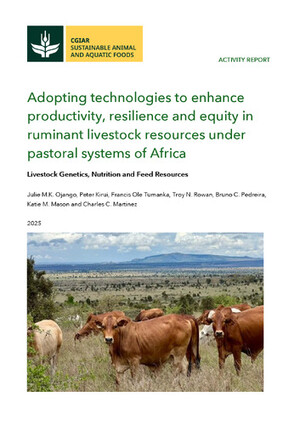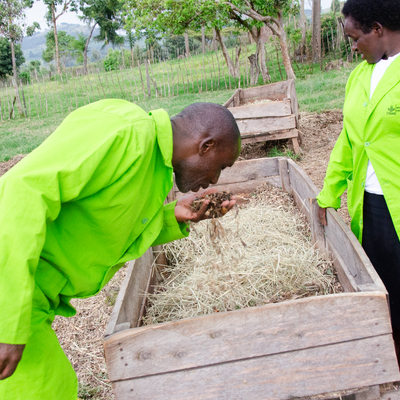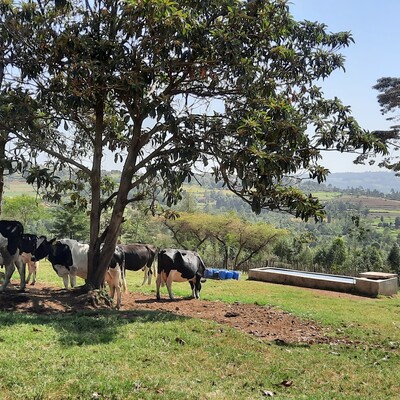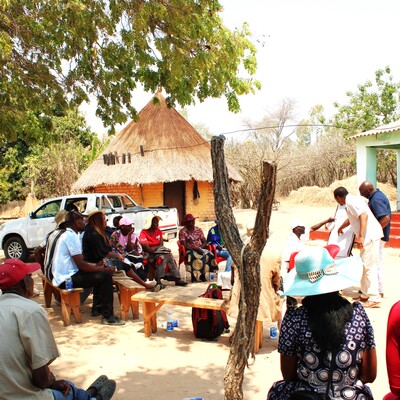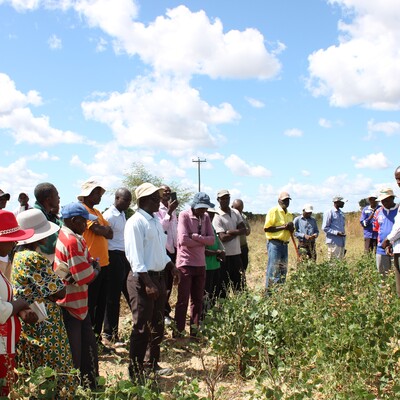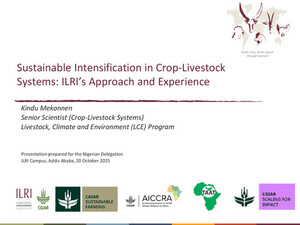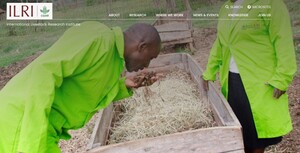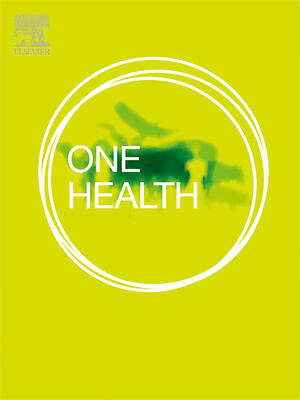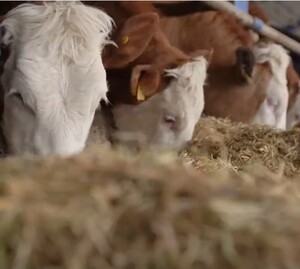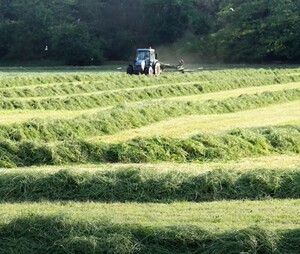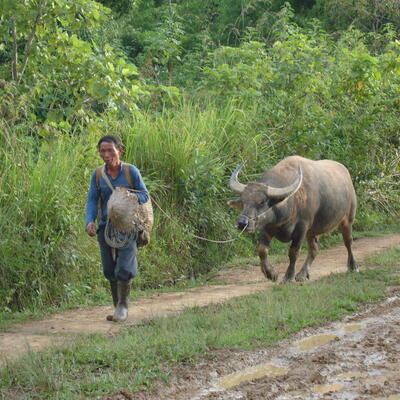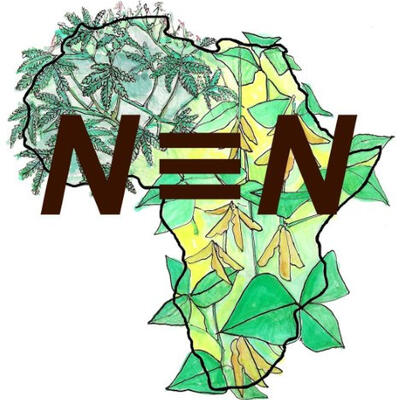
Integrating dairy goats and root crop production for increasing food, nutrition and income security of smallholder farmers in Tanzania
Domestic livestock are an important component of the agricultural sector in Tanzania, with goats ranking second to cattle in terms of the contribution of livestock and root crops to income and human nutrition. Yet low growth rates of livestock and low milk production among small-scale farmers limit food and nutritional benefits.
To address this problem, this project seeks to improve food security and human nutrition through an integrated program of dairy goat crossbreeding and goat milk production that is coupled with cassava and sweet potato production for food and feed.
Insights from this research will contribute to the successful implementation of the project, will lay the ground work for wider adoption and will transfer research capacity to the development community in East Africa and beyond.
Project objectives
- To improve the milk production potential of indigenous goats through crossbreeding, improved management and control of major diseases
- To test and evaluate improved sweet potato and cassava varieties that have the dual purpose of improving food security and nutrition at household level and the development of locally available and cost-effective rations for dairy goats
- To investigate the livelihood strategies, production potential and marketing possibilities of local goats and crops in the study areas
- To analyse the impacts (productivity, environmental, gender and empowerment, food security and nutrition) of integrating improved goat breeds with sweet potatoes and cassava into an agro-pastoral farming system
Development objectives
- Increased local availability of cross-bred goats and goat milk production (output per goat) due to better breeds, better health, and reduced disease
- Improved participation of local associations in goat breeding and milking, and increased access to, and use of, methods to reduce diseases in goats
- Improved varieties, productivity and processing of cassava and sweet potato crops
- Increased household food and nutritional security through the consumption of locally produced goat milk, sweet potato and cassava
- Improved marketing systems for goats and root crops for men and women, and ability of women to independently participate in various stages of the value chains, and collective and participatory enforcement of more effective land utilization methods by community members
Methods
Working intensively with more than 120 households in two districts, these food security improvements are introduced through collaborative efforts with households, farmer groups, district extension officers, local non-government organizations and several national and international research agencies. To support the adoption and maintenance of this food system, a comprehensive program of research and analysis will also take place. A repeated livelihood assessment will focus on current opportunities and constraints to the introduction of new goat and crop activities along with insights into the actual experience of adoption at the household level. Gender analysis is focused on ways to enhance women’s participation and benefits from project activities. Targeted research will also focus on environmental impacts, market access and disease control with a focus on sustaining household and nutritional benefits over the long term.
Expected outcomes
The expected outcome for the project as a whole is to enhance food security in the Dodoma and Morogoro regions of Tanzania through the participatory development of dairy goat and root crop systems. Very poor households and female-headed households are expected to benefit from this project through careful design of project components (i.e. farmer groups), research instruments and development strategies. This outcome will be achieved through a series of individual study areas, each of which contains a set of outcomes, outputs and indicators.



